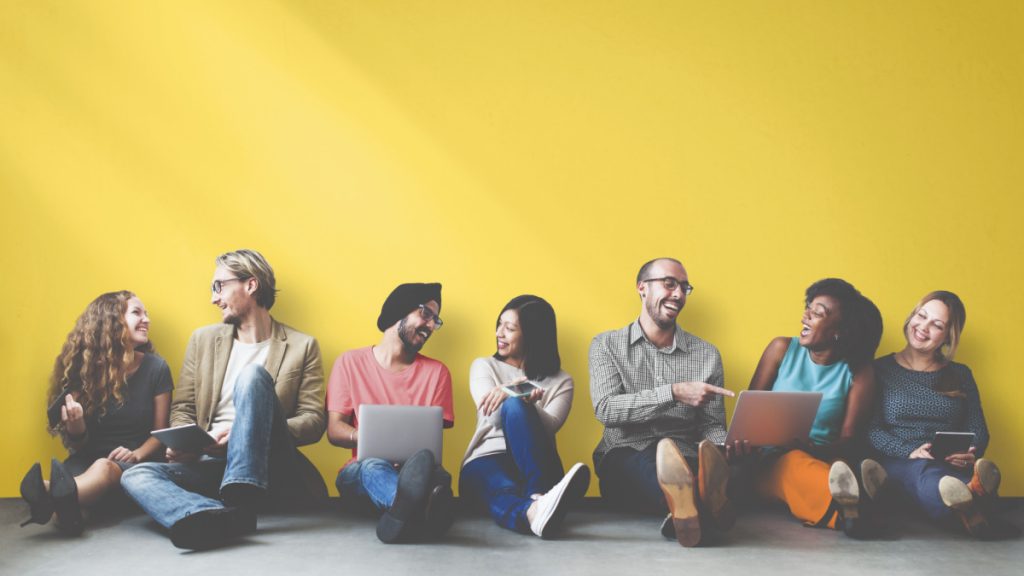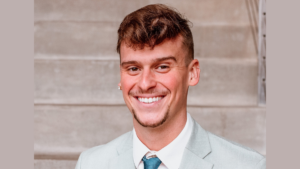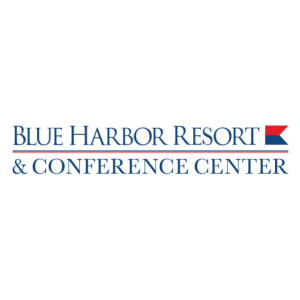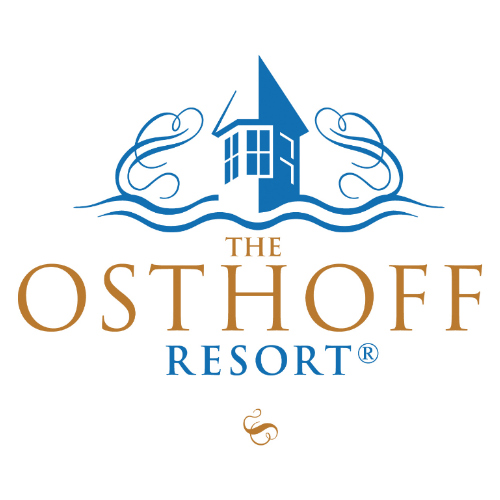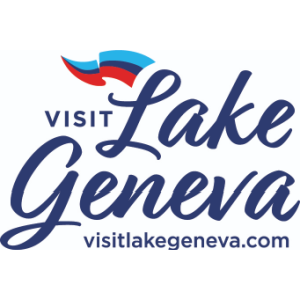Come One, Come All
02/08/2021
By Ronnie Wendt
Meetings and events matter. These organized experiences bring people together to share ideas, develop strategies and build community. But to have an impact, events must provide a welcoming environment for all involved. Whether it’s race, gender or religion, Cheri Davis, owner and planner of Cheri Denise Events in Mequon, advises keeping a group’s demographics in mind when planning everything from entertainment to speakers to the food that’s served.
“People are now asking, ‘How can we be more inclusive? How can we make sure people of diverse cultures feel more welcome at our events?’” Davis says. “I now have clients specifically asking for diverse vendors at their events. That’s how it starts. When people become more aware of inclusivity, they create events that are more inclusive.”
You can foster awareness by defining inclusivity. Webster’s Dictionary defines inclusivity as: “the practice or policy of providing equal access to opportunities and resources for people who might otherwise be excluded or marginalized, such as those having physical or mental disabilities or belonging to other minority groups.”
Dr. Alisia Moutry, owner of 4AM Consulting in Milwaukee, works with educators and companies to develop an equity culture within their ranks. She stresses that meetings and events become more inclusive “when the people who lead the event and the people in the room are not isolated by gender or race.”
Inclusivity requires breaking down traditional barriers. Davis recommends planners humble themselves, and not act like experts in meeting the needs of all races, cultures and genders. “Do not be afraid to ask questions and acknowledge that you do not know the needs of everyone,” she says. “Then ask, ‘Whom can we contact to ask questions in a comfortable setting, and have an open- minded discussion with no one putting up defenses or being offensive?’”
Davis further suggests planners approach diversity and inclusiveness with an open mind: “Making a meeting more inclusive and more diverse is an opportunity, not a challenge. Everybody wins when all attendees feel like they belong.”
Know Your Demographics
Making assumptions about what groups want is a big mistake, Moutry notes. It’s when planners assume they understand a group’s makeup and its needs, then make plans in a vacuum.
“People assume they understand and know the experiences of everyone within the group. Then they plan with those assumptions” in mind, Moutry says. “But how do they know what the group needs? Was there a survey that went out that told them what the group needed? The first step should be a needs assessment. Otherwise, you can do great things, but they may not be what people want or need because you did not talk to them first.”
Assessing needs can be a formal exercise or as simple as an honest conversation. In Milwaukee, Marcus Hotels & Resorts owns The Pfister Hotel, Saint Kate – The Arts Hotel and the Hilton Milwaukee City Center. Dana Johnson, market director of sales for Marcus Hotels & Resorts, reports that she learns more about a group when planners, venue representatives and key members of a group sit down for a conversation. “It doesn’t have to be formal. Start by asking about the group. What is the age range? Where will they be coming from? And drill down from there,” she says. “From these organic conversations, a lot of ideas and insights about a group come to light.”
For example, in the discovery phase of a gaming event, Johnson learned that some attendees were introverted and uncomfortable in crowds. The conversation led to training venue staff on how to recognize problems and help when attendees were overwhelmed.
Davis recommends asking specific questions to better understand the group. What diverse cultures may attend? What percentage of your group represents different cultures, races and genders? What languages do they speak? What dietary needs do they have? What are their religious practices? What customs do they practice daily?
The answers can help planners define the group and its needs. For example, if the research shows a large group of Hindu attendees, it’s important to recognize that they pray at dawn and dusk, and that men and women pray separately. Planning a mixer at dusk interferes with this practice. “You need to be aware of these customs and set your timeline around them,” notes Davis.
Four Things that Make a Meeting Great
“There are four things that make an event no matter what type of event it is: food, drinks, décor and entertainment,” Davis says. Once you know the demographics, “focus on these things. Mix them up to meet the needs of all attendees.”
For instance, if an event has a percentage of Asian and Indian attendees, explore ways to adjust the food and beverage offerings. Perhaps add sushi, sake or hot teas, or incorporate a curry dish. “All of the food doesn’t have to cater to a single group, but food should represent a mixture of the cultures in attendance,” she says. “Food is always a win-win. So are beverages. Just open yourself up to a variety of dishes and offer a taste of other cultures, even if it’s just one dish.”
Johnson suggests an “around the world” food event that offers cuisines from across the globe. The food tasting may include a sushi bar, food with a Latin flair, or dishes from Germany and France. She recommends planners hire venues that partner with chefs specializing in a particular ethnic cuisine to ensure its authenticity.
“No venue can honestly say their chefs do every cuisine authentically,” she says. “We are open to working with local restaurants to provide authentic cuisines.”
Base décor around the cultures present. Maybe select an Asian-inspired theme, hang red lanterns, use gold accents and pick tall, exotic flowers, or embrace the colors of a Latin fiesta, and put splashes of red, white and green throughout. “Ask questions about the group’s customs and culture,” Davis says. “Then add in colors, accessories and décor that create the atmosphere you want.”
Knowing a group’s demographics also helps when choosing speakers, activities and entertainment. “If you are hosting a women’s event, for example, you don’t want an all-male speaker panel. Some women might not care, but that can upset others,” Davis says.
As you are planning, curate speakers carefully. Look at feedback speakers received from previous groups. How well did they hold the audience’s attention? Did the presented information offer any takeaways? Also consider speakers that can address a varied group.
Plan activities in which people can learn about each other and other cultures. Maybe your team can address diversity through artwork, suggests Johnson. Saint Kate, for example, displays artwork that speaks to various groups and cultures. Planners can even make a guided tour of the artwork part of the event. One of Saint Kate’s featured artists, for example, is Charity White, a figurative ceramicist, artist educator and community activist who creates life-sized sculptures of marginalized people. “Her work explores ideas like inclusion and exclusion,” Johnson says.
She adds, “An art tour is a great way to exercise the body and the brain while learning more about other races and cultures.”
Remember Special Needs
Work with venues to accommodate restricted diets, offer non-alcoholic drinks, design room layouts that are accessible to wheelchair users, and find ways for hearing- and vision-impaired attendees to take part in sessions and events.
“It’s also important to address everyone’s learning style,” adds Moutry. “There will be auditory, visual and kinesthetic learners in your group. If everything you provide is auditory, you will lose people.”
Remember to consider the bathrooms, adds Johnson. “We change public bathrooms to non-gendered for events. When hosting events that are 90% women, we change some men’s restrooms to women’s restrooms. We also take a guest room out of service during large events that are mostly women. We put a refrigerator in the room, and snacks and drinks to accommodate breastfeeding women, so they don’t have to pump in a public bathroom.”
Planner and Vendor Diversity
Before planning a meeting around a specific group, it’s important that planning teams and vendors also reflect diversity, according to Davis. “You need a planner with experience and a diverse vendor pool to create an inclusive event,” she says.
A planner with the right connections can readily find the entertainment, speakers, décor and food vendors the event needs. “I did a few Indian events and I made a point of building relationships with those vendors,” Davis says. “Now I have the connections I need for those events. If someone is seeking an Indian drummer, for instance, I know whom to call and I know they will answer my call. With certain cultures, you need to build those relationships; some are very private and you have to break through that wall, but once they see you are sincere, humble and dedicated to your craft, it’s no problem.”
Consider your planning team’s diversity, she adds. Making sure the team represents marginalized groups makes a difference. Assembling a team that represents both men and women, the LGBTQ community, and other races, religions and cultures goes a long way when creating more inclusive events. “This has to be deliberate and it has to be your true intention,” Davis says. “You cannot put a person on your team just to show diversity.”
Consider help from venues that partner with diverse groups. Marcus Hotels & Resorts partners with the Milwaukee Urban League, Hispanic Professionals of Greater Milwaukee and the Wisconsin LGBT Chamber of Commerce, for example, and supports them through philanthropic efforts. These groups help venues find vendors and resources that meet the needs of diverse groups.
Inclusive meeting design must be intentional. Discover the needs of your group, then plan a meeting around them.

